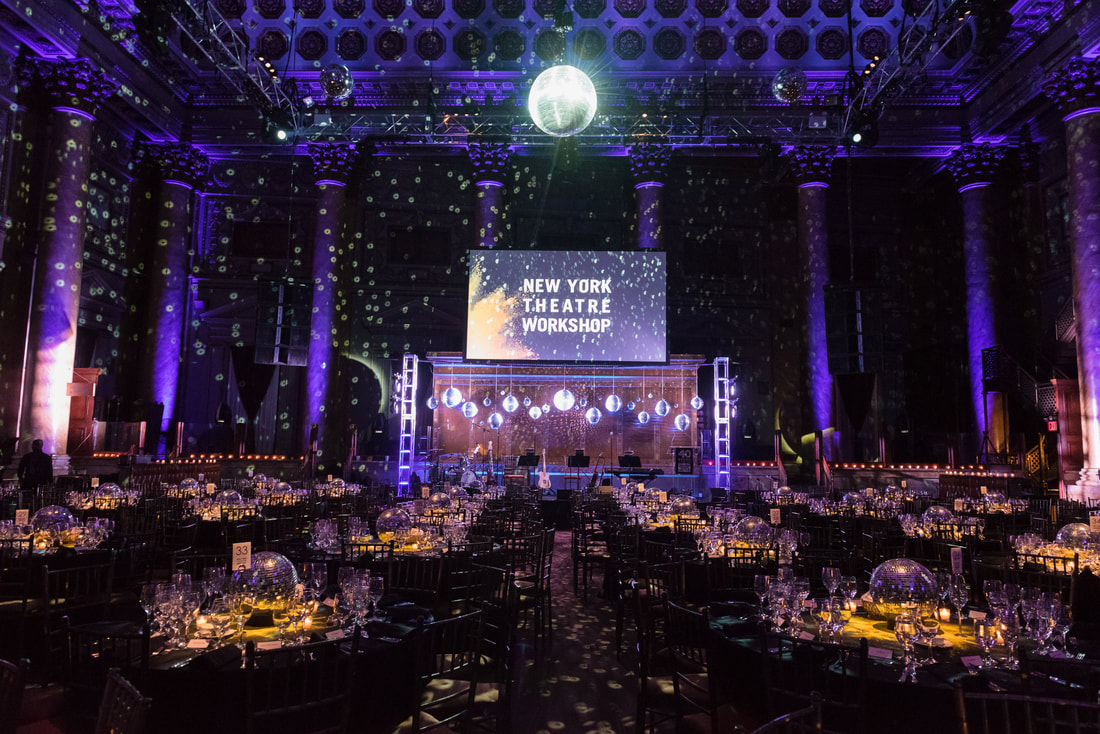Conquering Obstacles in the Craft of Video Projection Projection Mapping Execution
Wiki Article
Visual projection mapping technology is an exciting method that converts ordinary surfaces into dynamic presentations. This method enables creators and design professionals to cast images and videos onto items like structures, statues, or theaters, creating an immersive aesthetic experience. However, despite its potential, executing video projection mapping effectively comes with several obstacles. Understanding and overcoming these hurdles is crucial for anyone seeking to create impactful projection art.
One of the primary challenges in video projection mapping is guaranteeing that the projected image matches accurately with the surface. This procedure, known as "mapping," requires precise measurements and calculations. If the display is not aligned properly, the visuals can appear distorted or misplaced. To tackle this problem, creators often use dedicated software that helps in mapping the visuals to the object's dimensions. Moreover, conducting comprehensive tests before the final projection can help detect any misalignments and allow for modifications to be made.

Another major challenge is the varying brightness and hue of the displayed visuals. Different surfaces respond differently to illumination, which can affect how the shades appear once cast. For instance, a light-colored material will bounce brightness differently than a deep one. look here To tackle this, artists must think about the surface characteristics before selecting the hues and light levels for their displays. Testing the display on the real surface during the preparation phase can provide valuable understanding into how the final presentation will appear.
Technical difficulties can also pose a hurdle in video projection mapping. Issues such as equipment failure, software glitches, or connectivity problems can disrupt the entire project. To reduce these risks, it is vital to conduct thorough hardware inspections and have backup plans in position. This can include having additional cables, projectors, and even backup software options ready to go. Being ready for technical issues can ensure a more seamless execution of the projection.
Finally, audience engagement is an important aspect of video projection mapping. While the graphics are key, how the audience interact with the display can make a significant difference. Creators must think about how to create their displays to captivate viewers’ focus and read the full info here promote participation. This can involve incorporating elements that invite participation or create a narrative that resonates with the audience. Gathering feedback from test audiences can also help refine the presentation to improve engagement.
In conclusion, overcoming challenges in video projection mapping requires careful planning and innovation. By tackling the challenges of alignment, brightness, technical issues, and viewer engagement, creators can produce spectacular and impactful projections. With the right strategies in place, video projection mapping can transform ordinary spaces into extraordinary experiences, engaging viewers and creating a lasting impression.